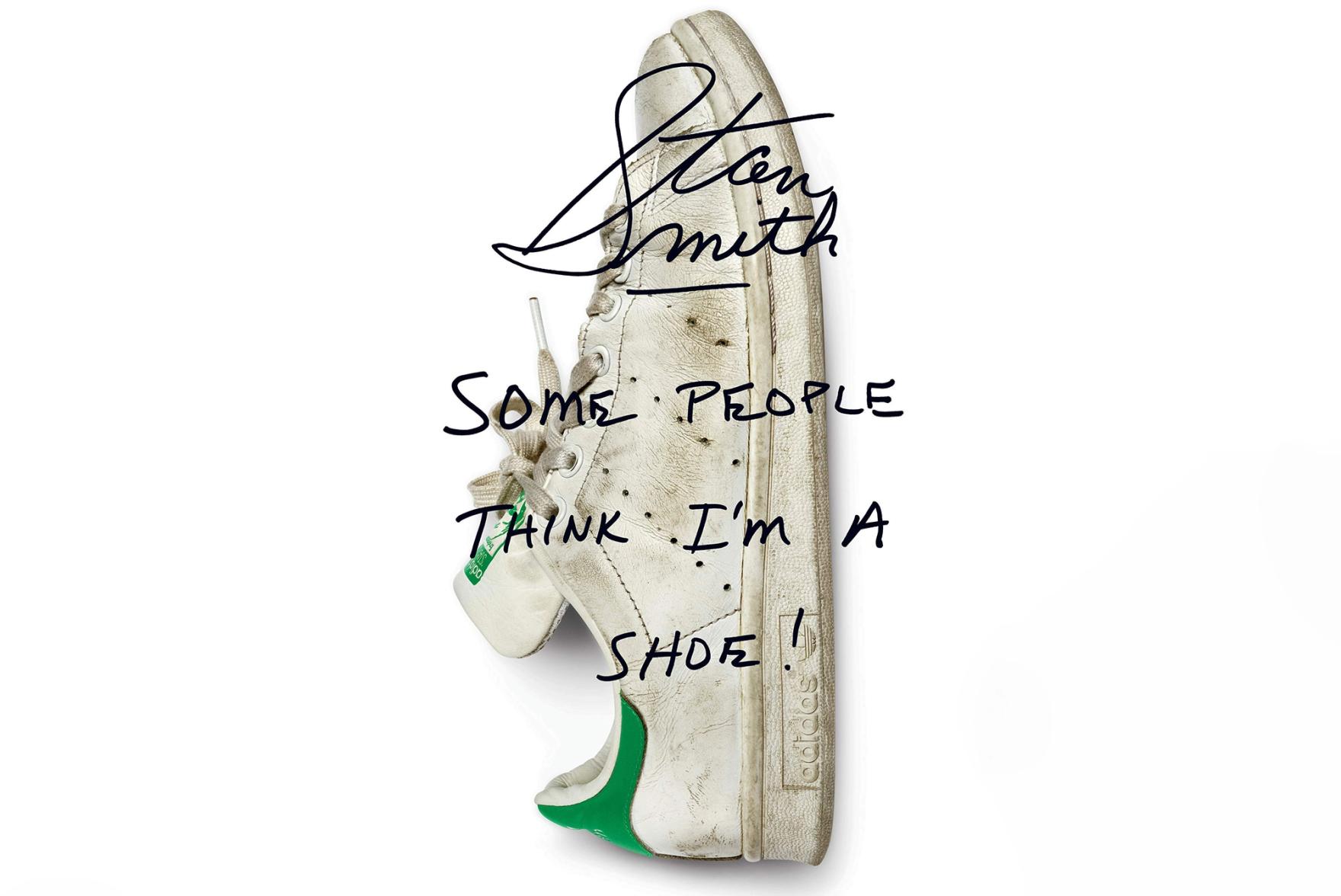Stan Smith: Looking Back at an Icon
From the 1970s to the current day, one shoe has been a constant through the decades: the adidas Stan Smith. With its understated looks and versatility, the adidas design has outlasted multiple trends, and graduated from the tennis court, to become a footwear staple and perennial icon. However, despite five decades of ubiquity, many still don’t know the history behind this low profile classic.
